Unit 1 - Camera
Camera Angles
Introduction - Camera angles are essential to a film as they can manipulate the audience in certain ways to change their view on a character or set the tone for the movie.
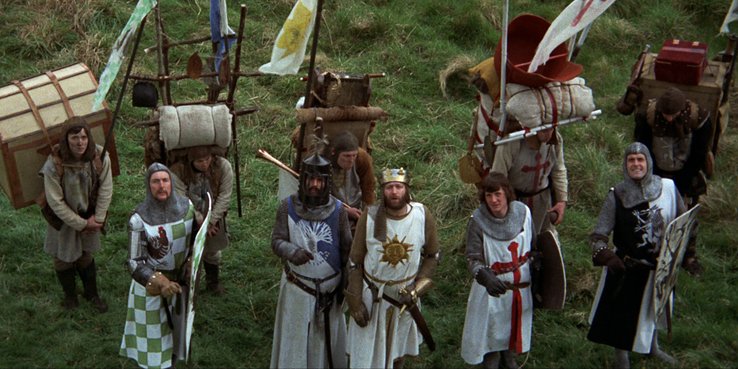
An opening shot needs to set the scene of a movie and a lot of the time needs to be engaging. The audience learns most of the information about the movie from this shot and it helps with establishing the basic plot and scene for the film.
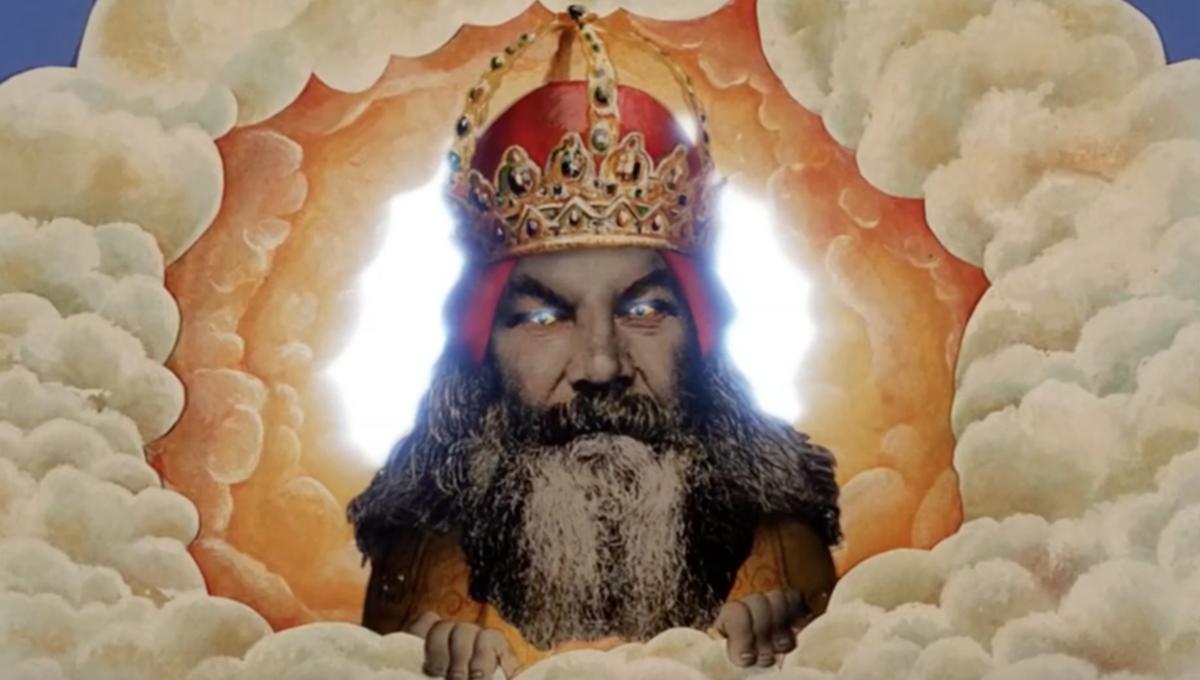
Monty Python and the Holy Grail is a good example of an effective opening shot as the audience first hears the noise of hooves with a shot of open grassland and a forest which makes them expect a horse to appear in the frame but when two men (one clapping coconuts together) appear it creates humour and the audience instantly understand the tone of this comedy movie.
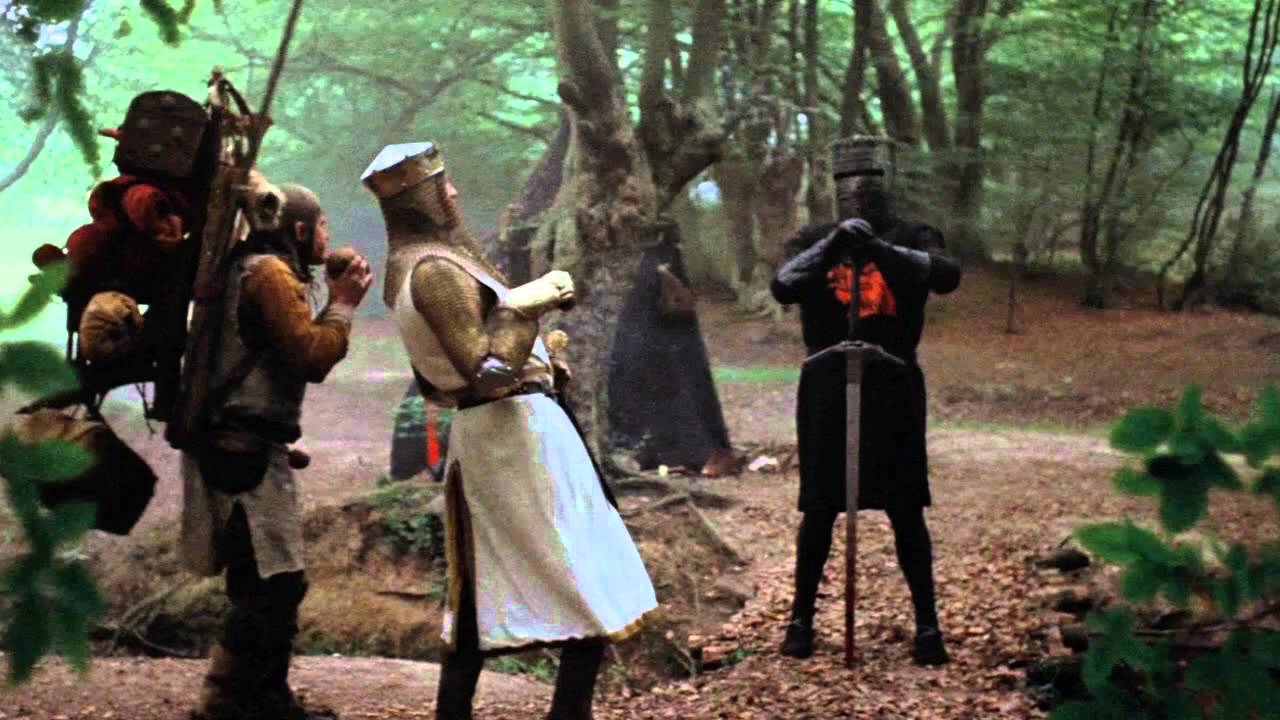
Overall the opening shot is vital in the majority of movies to inform and engage the audience right from the start and to not bore them from continuing or giving up on what could be considered a slow movie.
Some more iconic opening shots include; Airplane, 2001 A Space Odyssey, Star Wars episode 4, Apocalypse Now and The Matrix.
Establishing shots
Introduction - Opening scenes and establishing shots are quite similar in their purpose but they do differ in the fact that establishing shots can be used throughout the film whereas opening scenes are just used in the beginning.
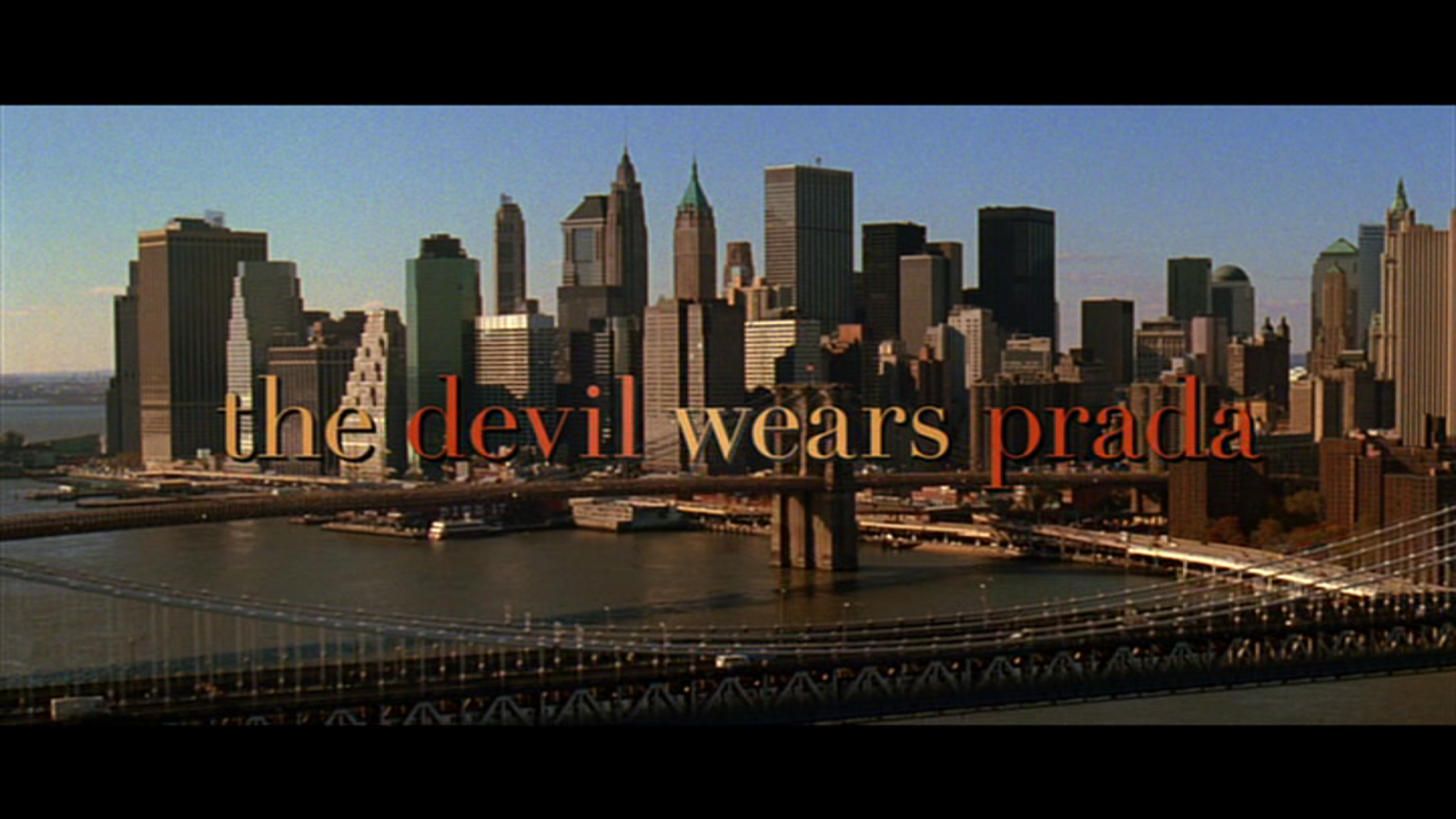
An opening scene is usually an establishing shot so that the audience knows where the movie is set or to help the audience in knowing the basic plot of the film. It can also be used for a change of scene or an introduction to a new sub-plot etc. However, it can also be taken out as a device to confuse the audience or make them feel uneasy so they understand the style of film that they are watching.
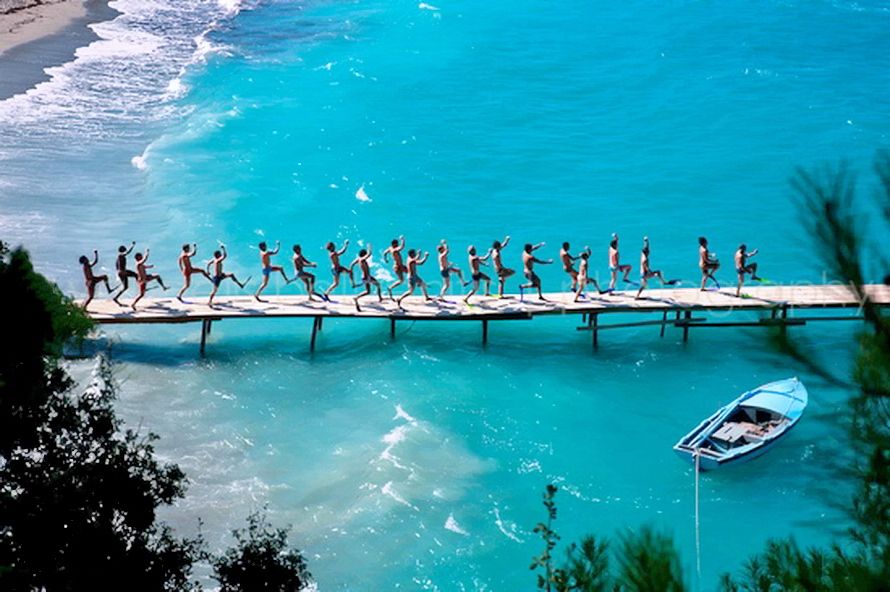
Normally an establishing shot is a long shot of a scene that has music in the background and can be an aerial shot of a landscape that the film is set in. It can also include important places, objects or characters without anything being said so it is vital that the filmmaker knows what they want the audience to know (or not know) at any point in the film and therefore is used to introduce new characters, ideas or themes, etc.
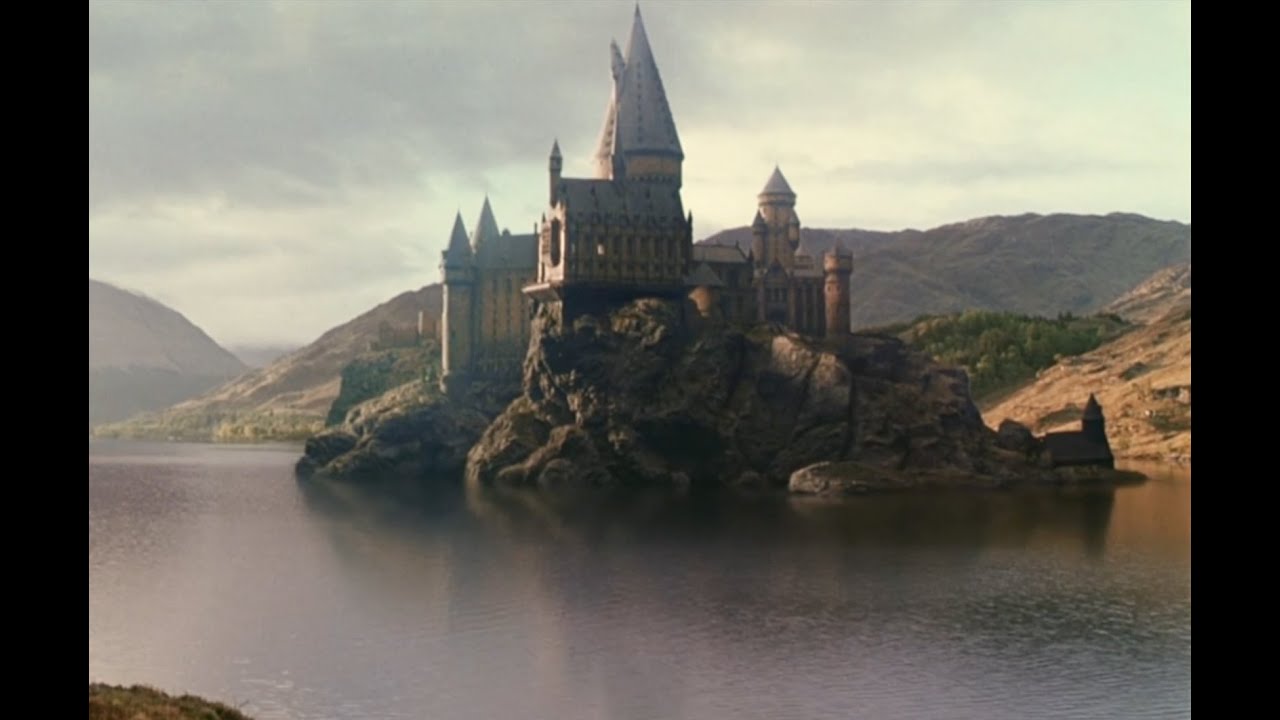
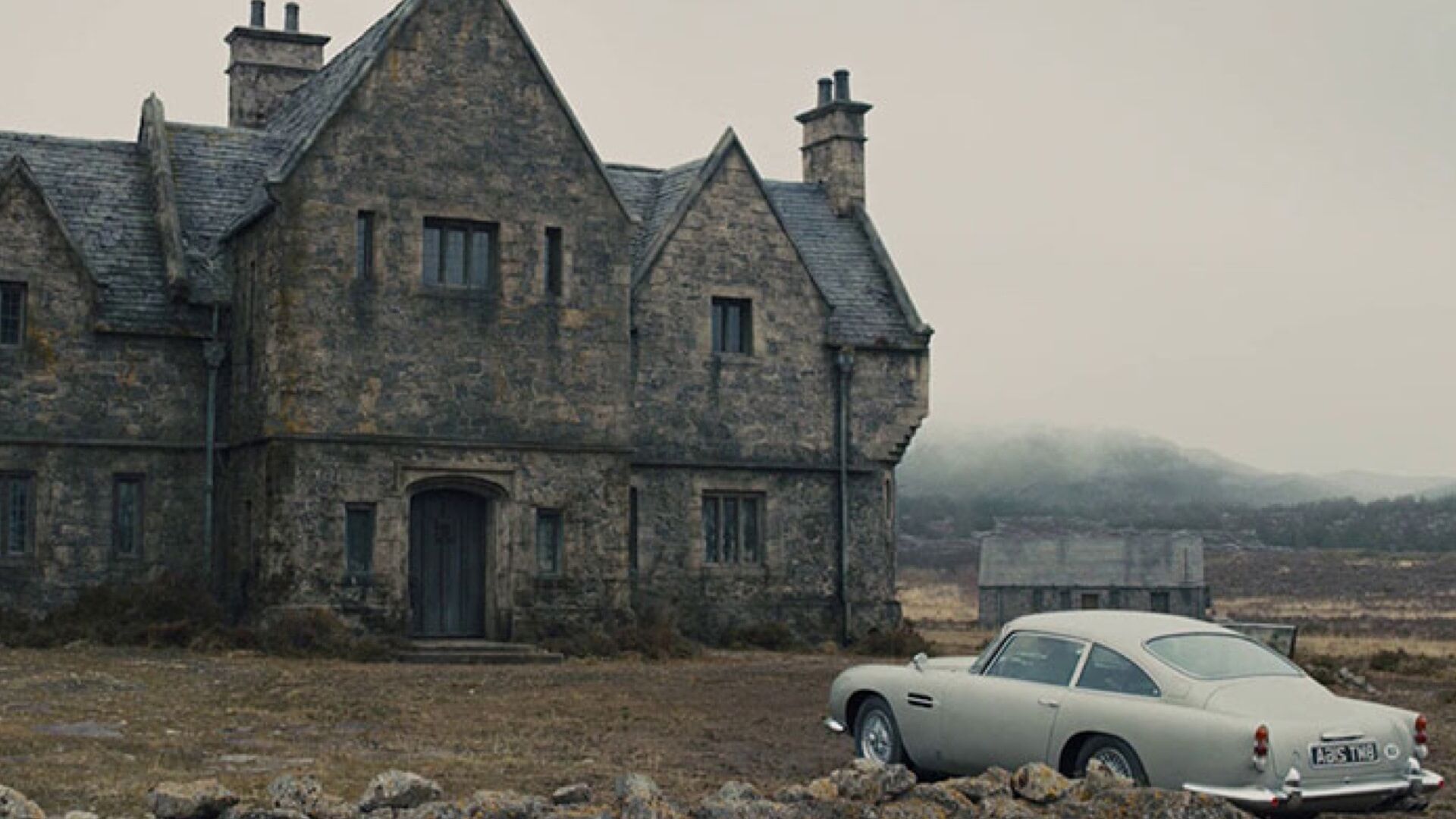
Long/Wide shot
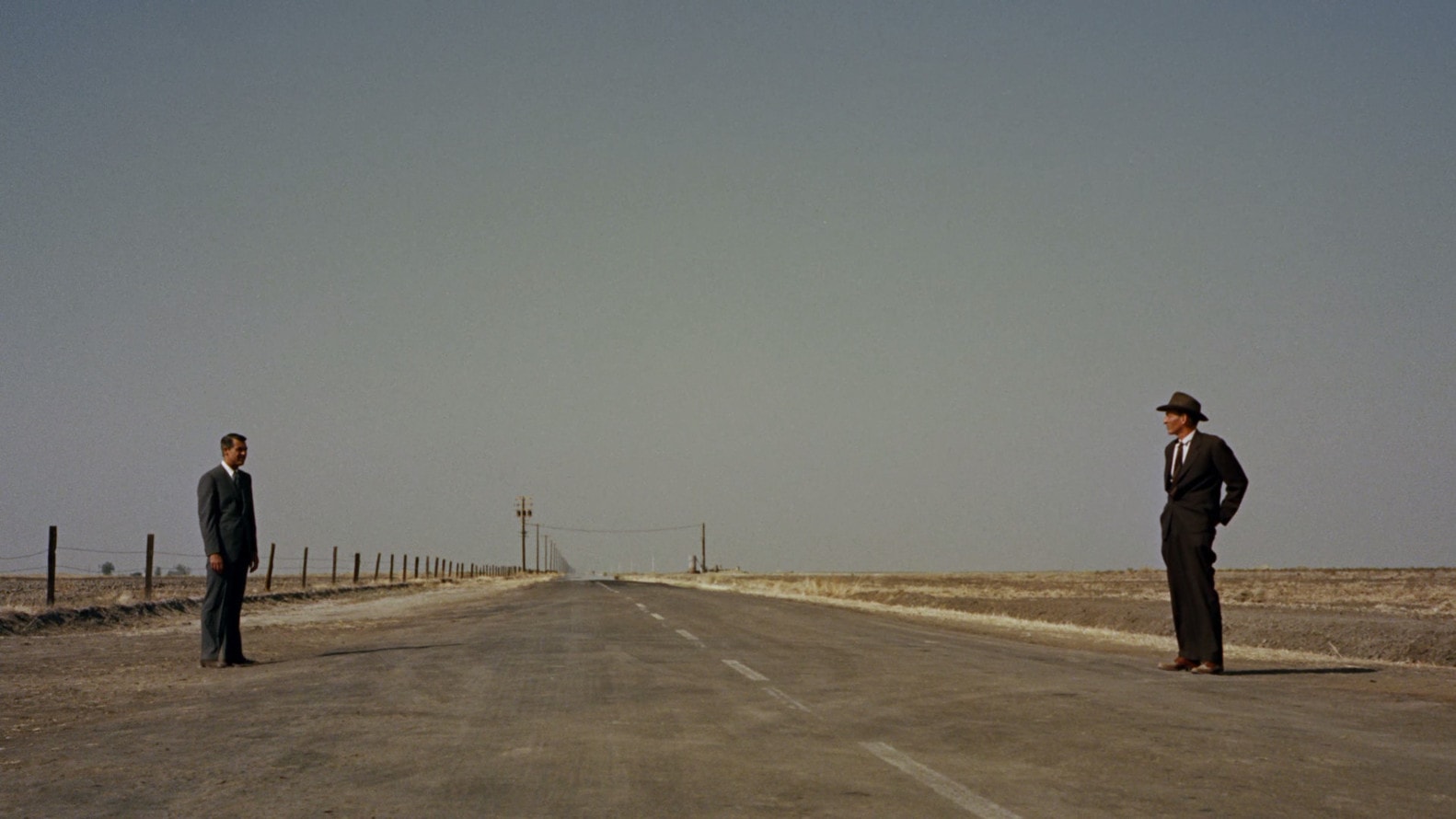
Introduction - This shot is a shot of a person in a scene and the character usually has a connection to the environment they are in. Eg. a shot of a person looking at the sea from a distance.
Shots like these became popular during the western film era when they spread to show the American dream and establish the surroundings the cowboys were in. If a character is shown in a wide shot with a certain environment a couple of times it can help the audience understand the connection or importance of that place for the character and develop their depth and motivations.
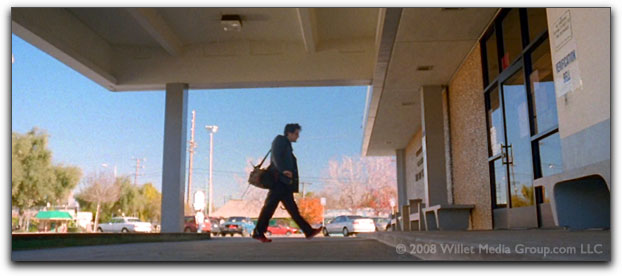
These shots show the subject from top to bottom (or for a person head to toe) and is different from other shots such as the extreme long shot as it shows the focus of the shot in more detail and it sets the scene and also the object/characters place within it. It is commonly used as an establishing shot but also can show a transition of place or scene.
Extreme long shot
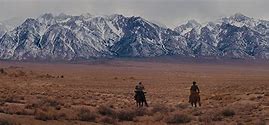
Introduction - similar to the long shot, this shot shows the entire character but just adds a bit more scenery and is further away.
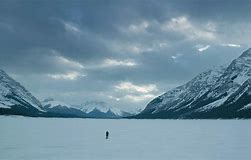
Again these shots became more popular when cowboy films came out as they would be used to show the isolation they are in when roaming around America and it can also show the movement from one place to another from above when they are riding on horses.
This shot shows more of the scene to establish the time and place that the scene/moment is set in. The extreme long shot and long shot are very similar in purpose and overall use but in certain movies, the extreme shot has been more useful to make the characters feel really isolated and it gives the audience a better idea of what is around the character.
https://www.youtube.com/watch?v=DNcqiicQTe4
The link is a clip from Star Wars: A New Hope that demonstrates both long and extreme long shots throughout the scene but especially at the start and the end of the scene.
Medium long shot
Introduction - This shot is taken from the knee upwards and can be used when a character is also sitting down.
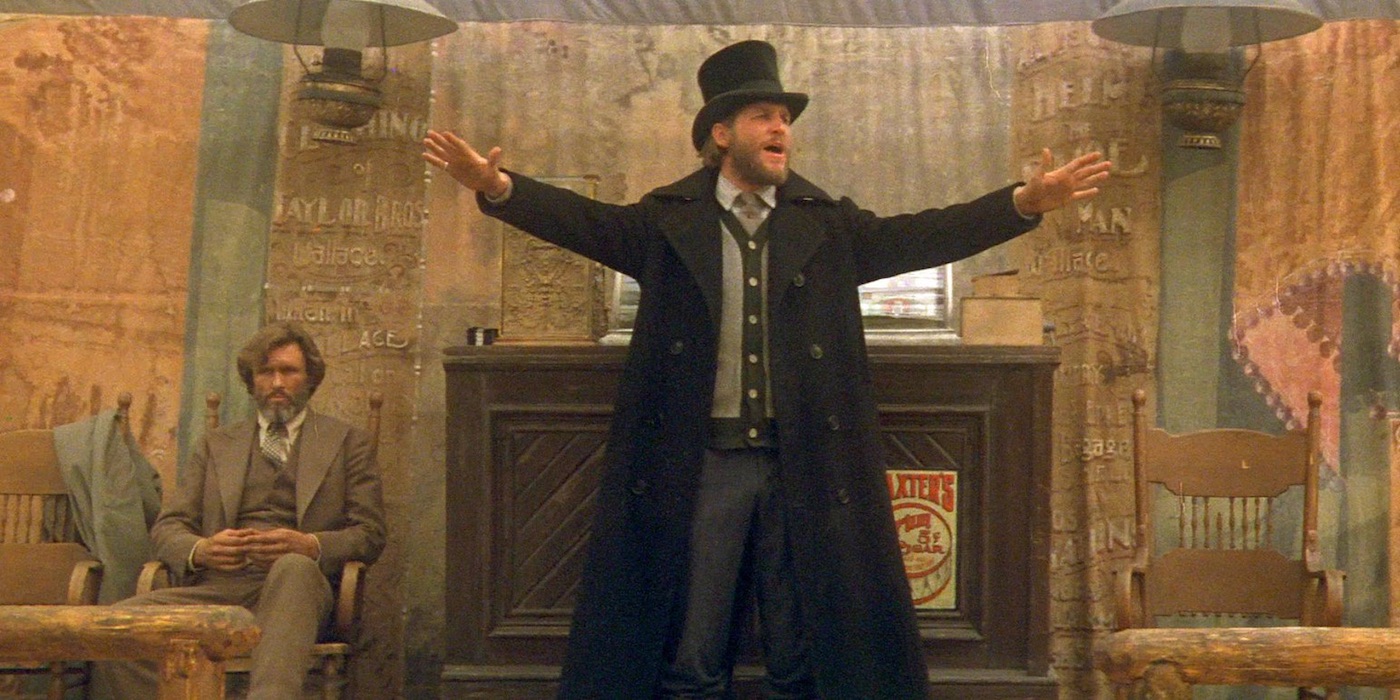
This is also sometimes called the 3/4 shot as that is generally the ratio of the subject that is shown so that some parts of the body are cut out. It is in-between the full shot and the medium shot as a blend so that it gives the filmmaker more options to display the subject with. It still shows a lot of the background but the focus is normally still the subject.
Cowboy shot
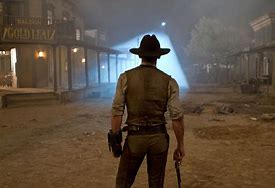
Introduction - This originated in standoffs from cowboy movies hence its name and is a shot taken from the mid-thigh upwards to create tension.
It has also been called the American shot and is another variation of the medium shot. The western films of the 30s and 40s influenced this shot a lot and therefore it was named after them because they were used to show the gun holster and the tense posture of the character in a standoff.
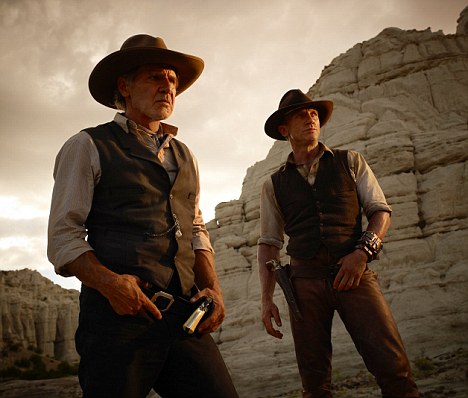
Full shot
Introduction - Normally taken from the front, this shot is taken of the full body of the character but closer up than the other shots. It shows off the character more than the background generally and may be used as an introduction to the person.
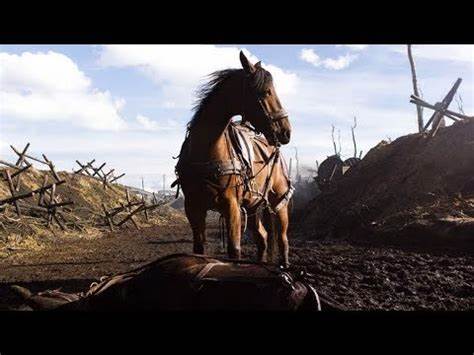
Again this shot frames the character from head to toe just like the long shot but does show more detail and has a greater focus on the character. However, this shot is used for action or movements up close instead of emotions. Full shots are used well in the film version of war horse when they focus on his distress in war.
Medium full shot
Introduction - This shot is similar to the full shot but is used from the ankles/knees upwards to show a bit more detail in the person or to hide something that they don't want the audience to see yet.
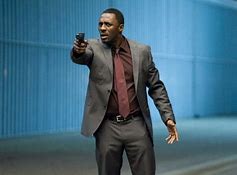
This is very similar to the medium-long shot but like the full shot it focuses more on the subject and shows less background to that the audience can study the subject up close from the knees up.
Medium Shot
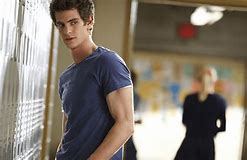
Introduction - A shot taken from the waist up that shows the upper body of a character. It can be taken from the front or back.
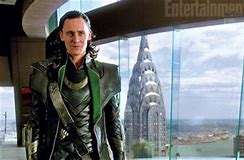
This is the most commonly used shot in films and by using the waist up it can show both facial details as well as gestures and posture so that the actor can use more skills to portray a convincing character. It keeps the environment but adds detail and that is why it is so easy to use and essential to the basic shots of the film.
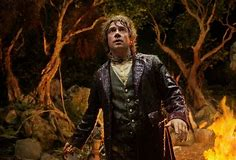
Medium Close up
Introduction - This shot is taken from the chest up and can be used from the front or back to show the character.
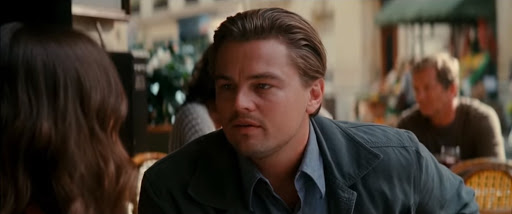
Used in documentaries, interviews and news programs most commonly as it doesn't show much of the background as it is not needed because the focus is on the subject. However, as their main purpose is very similar to a close up it is also used in movies to show the facial expressions or movements of the subject.
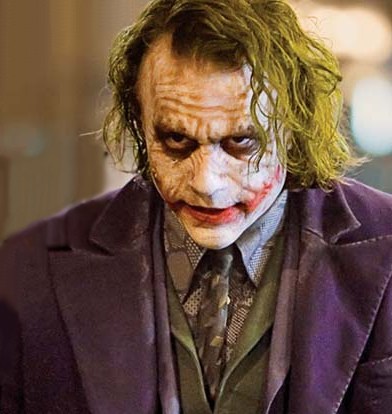
They are again one of the go-to shots in films as it is quite easy to use but it can be used in a more unique and intelligent way. By using this shot for most of the dialogue scenes it keeps the close up as a shot that can be used for effect and importance to the plot. The film Inception has a few good examples of this technique being used and David Fincher is a good director who knows how to manipulate the shots to be used at their full potential.
Close up
Introduction - This will just include the face/shoulders of the person and can be used in many different ways.
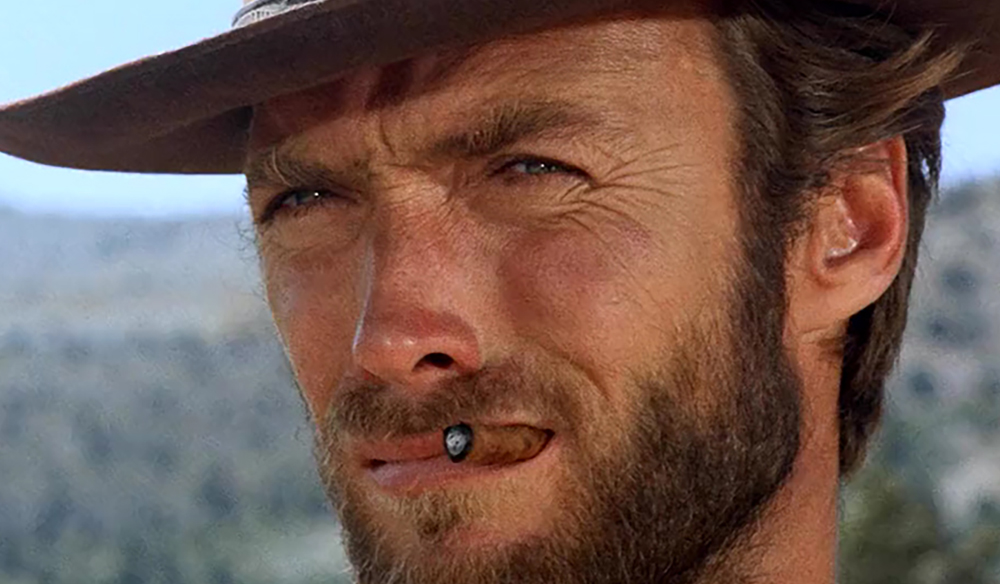
This shot can be used for emotional impact or conversely, it can be used for comedy. In many films it has been used to show the horror or fear that the character is feeling or it can be used on a person or object to show its importance to the plot. Many times important information has been discovered whilst in a close shot so that it has more impact on the audience especially when these shots are scarce.
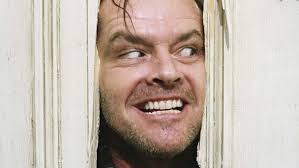
As said before this shot can be used very carefully to increase its impact on both the audience and the plot of the film. By having an extreme long shot that goes straight into a close up can create a set up to action and tension right at the start of a film or it can indicate all the things needed to set the scene before going straight into action.
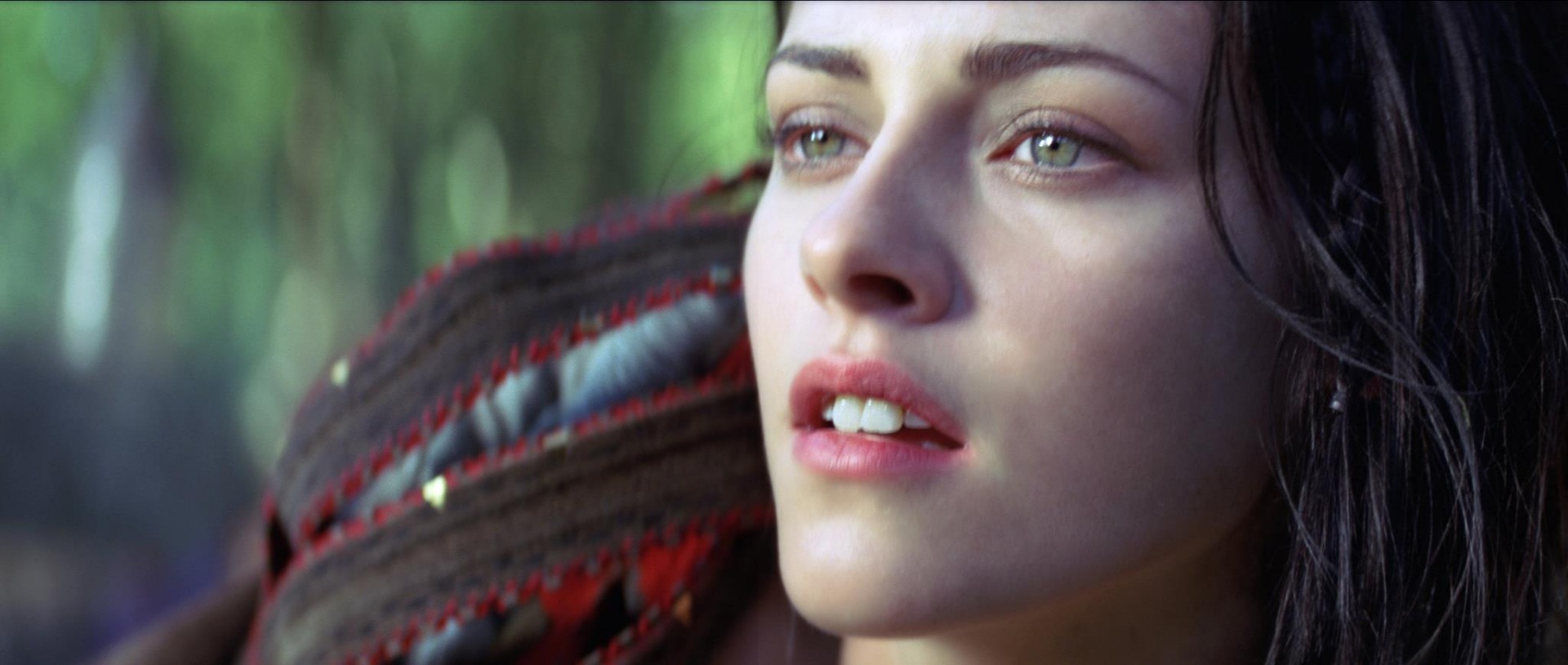
Extreme close up
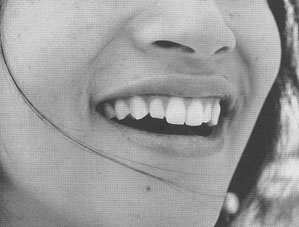
Introduction - Just like the close-up, this shot can be used to show the details of a person's face or the features of an object and is used to show an important detail the filmmaker wants the audience to notice eg. the eyes or mouth.
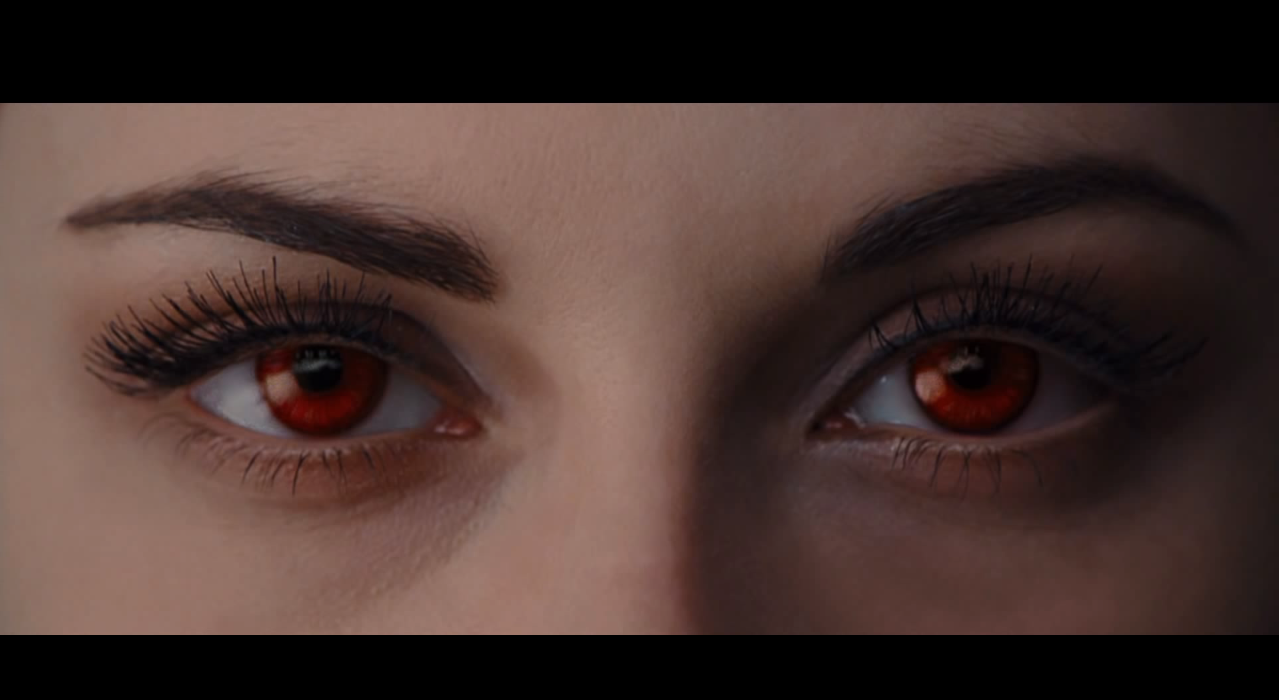
These shots can show many different emotions and important details on the subject as it can show the widening of the eyes or of a gasp of breath. In Twilight it is used to show Bella's change into a vampire and in cowboy movies, they show the tense stares being thrown to each other in a standoff. They can focus on the first or last breathe of a person and can even zoom in to the mouth for effect on a certain word.
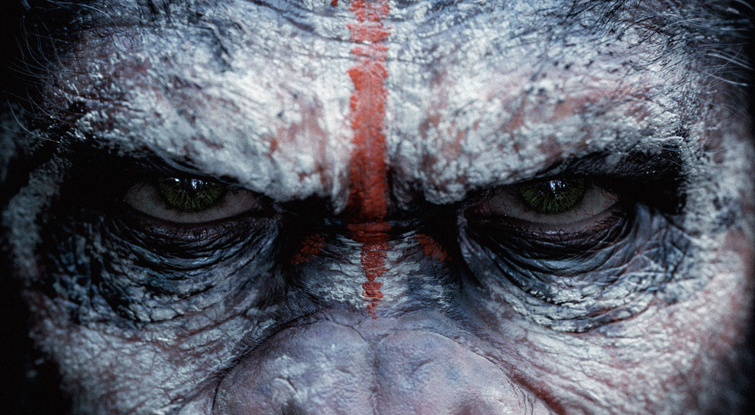
As the idea generally is to not see either the background or the whole image. An inanimate object can have an extreme close up to either hide what it is to the audience or show the importance of that certain part of the object.